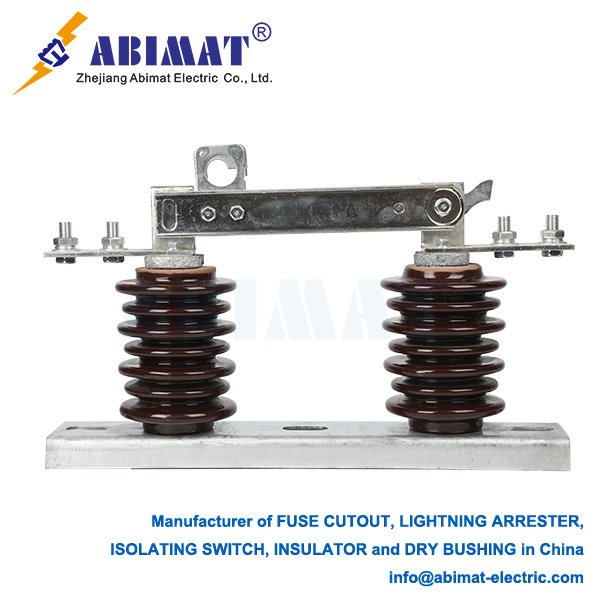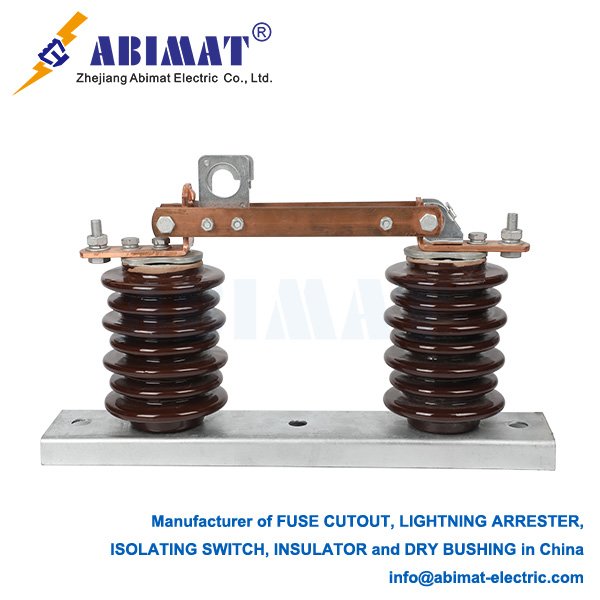Disconnector Types in Electrical Systems
In highvoltage electrical systems, a disconnector is a mechanical switching device. It’s used to make sure a circuit has no electricity, so people can do maintenance and repairs safely. Its main job is to create a visible, physical break in the circuit—this break lets workers isolate the circuit when they need to. One important thing to note: disconnectors can’t stop load current or fault current. That job belongs to circuit breakers.
People group disconnectors by how they’re built and how their contacts move. The main types are listed below.

CenterBreak Disconnector: This is a common type. It has two insulating post insulators. The moving contact arm is on a rotating insulator, and it opens horizontally from the middle. This design gives a clear, easytosee break. It’s also strong enough to work for different voltage levels.
DoubleBreak Disconnector: When this type opens, it makes two gaps in the circuit that are in a line. These two gaps effectively double the isolation distance. Compared to a singlebreak design with the same rating, this one is more compact. It’s often used in substations where space is tight.
Pantograph Disconnector: Some people call it a semipantograph disconnector. It uses a folding mechanism that looks like scissors. It’s great for places where space is really limited—when it opens, it moves up and down, so it needs less horizontal space. Because it opens in a compact way, it’s good to install above other equipment, like busbars.
VerticalBreak Disconnector: This type is usually used outdoors. Its moving contact spins in a vertical plane. It’s often mounted on a vertical column. It works well as a disconnecting switch on transmission lines.
HorizontalBreak Disconnector: For this design, the moving contact arm spins horizontally. It needs more space from side to side. But it’s a simple design, and it’s reliable. It’s used for many outdoor substation jobs.
Choosing a specific Abimat disconnector type depends on several things. These include the voltage rating, how much space is available, the substation’s setup, and the specific needs of the application. All types have one rule: you can only operate them after the upstream circuit breaker has turned off the circuit’s power. If you don’t, it can cause dangerous arcing and damage the equipment. Picking the right disconnector and using it properly is key. It keeps workers safe, and it makes sure the electrical system works reliably.


